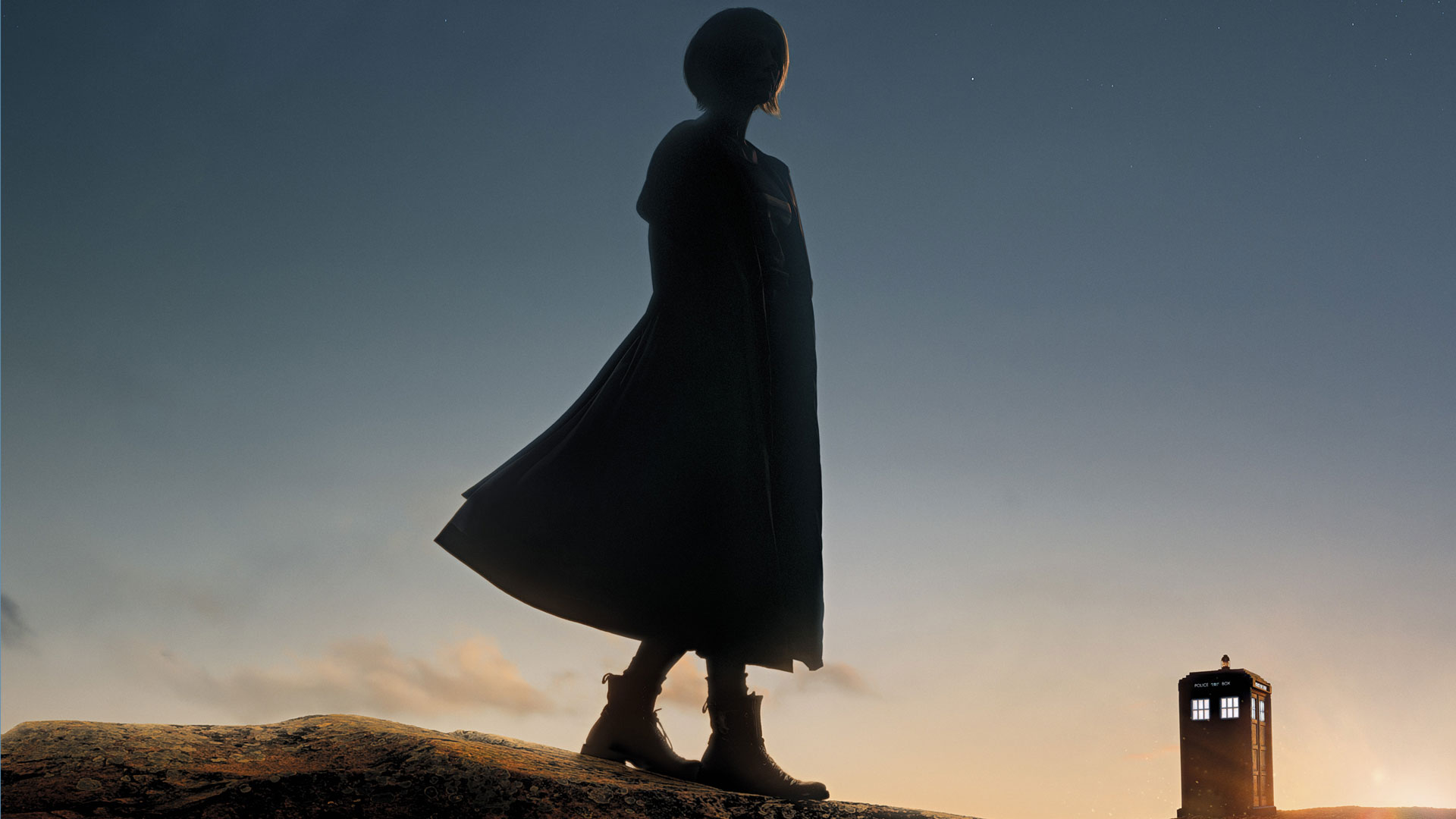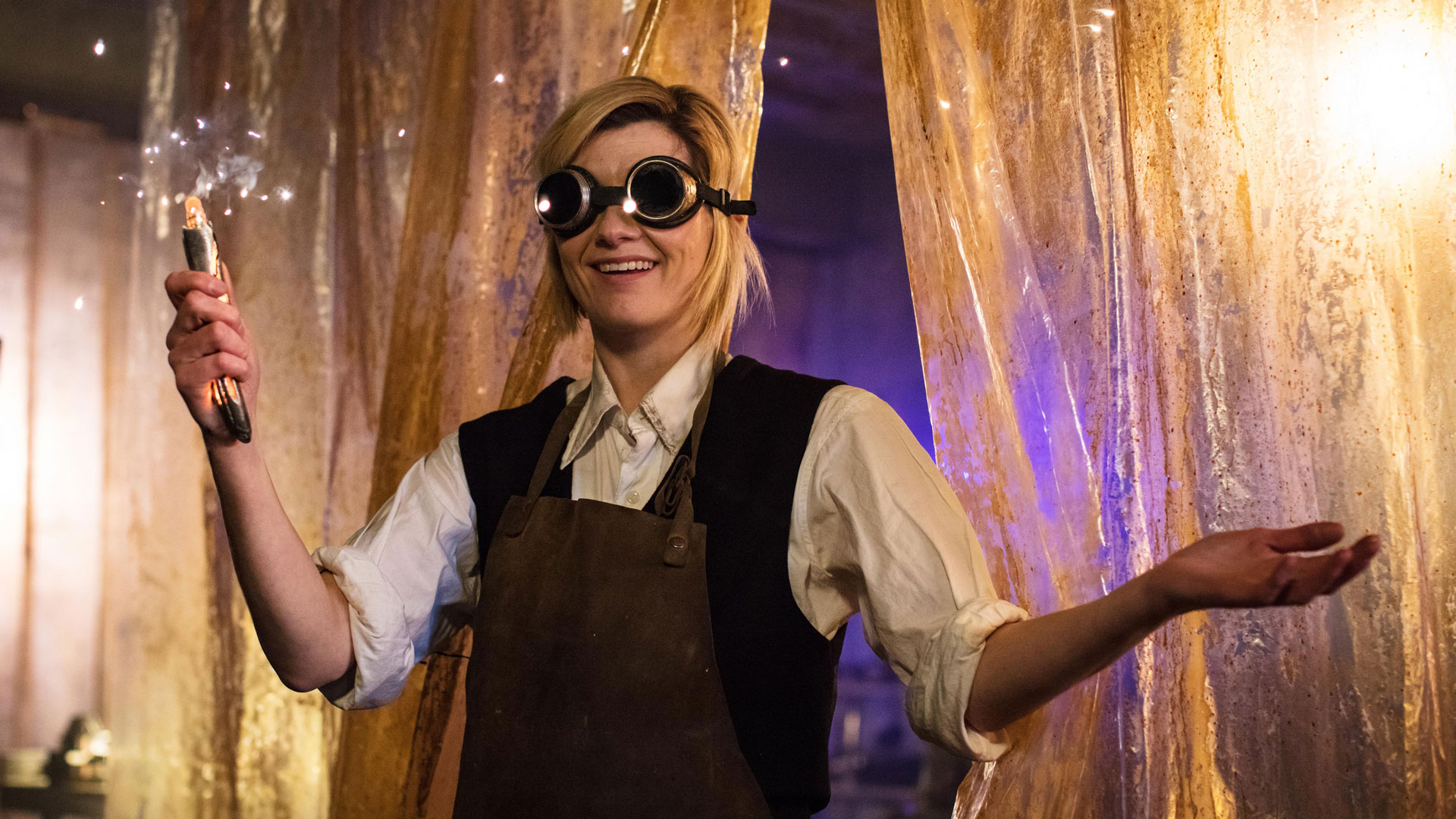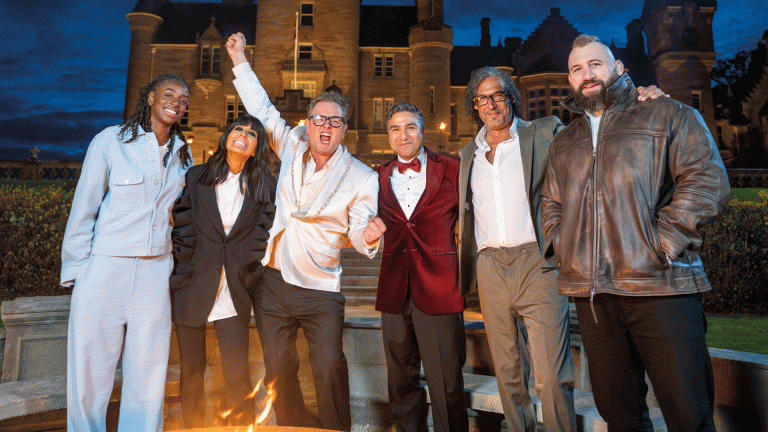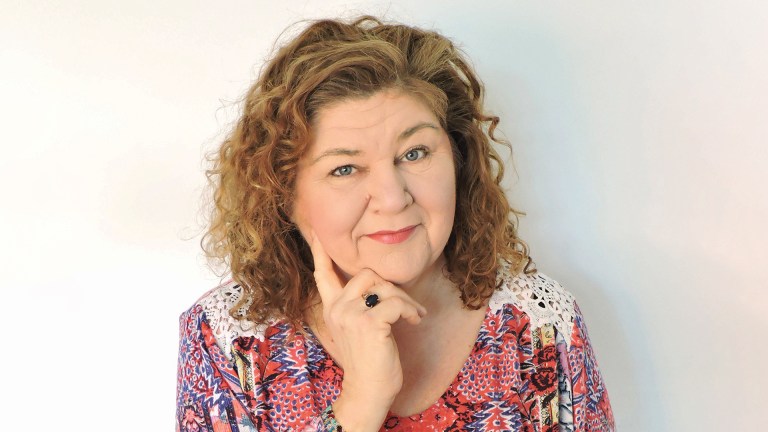“We don’t get aliens in Sheffield.”
We do now. And one of them is the Thirteenth Doctor, played by Jodie Whittaker. Her first adventure, ‘The Woman Who Fell To Earth’, airs on BBC One on October 7th – kicking off a new era for Doctor Whowith Whittaker at its heart and Chris Chibnall at the helm.
The first episode works hard
The opening episode of series 11 has a lot of work to do. As well as creating an entertaining stand-alone adventure, winning over potential new audiences, keeping existing fans as happy as feasibly possible and setting the tone and style for a new era of the show, there are a some serious introductions required.
There is a vibrancy and energy and overwhelming positivity to Whittaker’s Doctor from the start
In 65 minutes, the task showrunner Chibnall sets himself is to introduce a new Doctor while making sure we care about the gang of friends who will be accompanying her in her Tardis (once she locates it). And, cannily, he makes us wait for a first glimpse of Whittaker.
We learn what links Graham (Bradley Walsh), Yasmin (Mandip Gill) and Ryan (Tosin Cole), and we meet Sharon D Clarke, who is just brilliant in a recurring role, before the Doctor crashes into their world.
It’s set in Sheffield in 2018
The opening episode is a tour de force from Yorkshire (and yes, it even features cycling). It is grounded in a place, Sheffield, and in a time, now. This sets the series up for adventures back and forth in time and across the universe – as we see what home looks like and feels like for the Doctor’s new friends. Are they running away? Seeking adventure? Accidental tourists? All will be revealed. But by the time ‘The Woman Who Fell To Earth’ is over, they are all, in their own way, desperately seeking something.
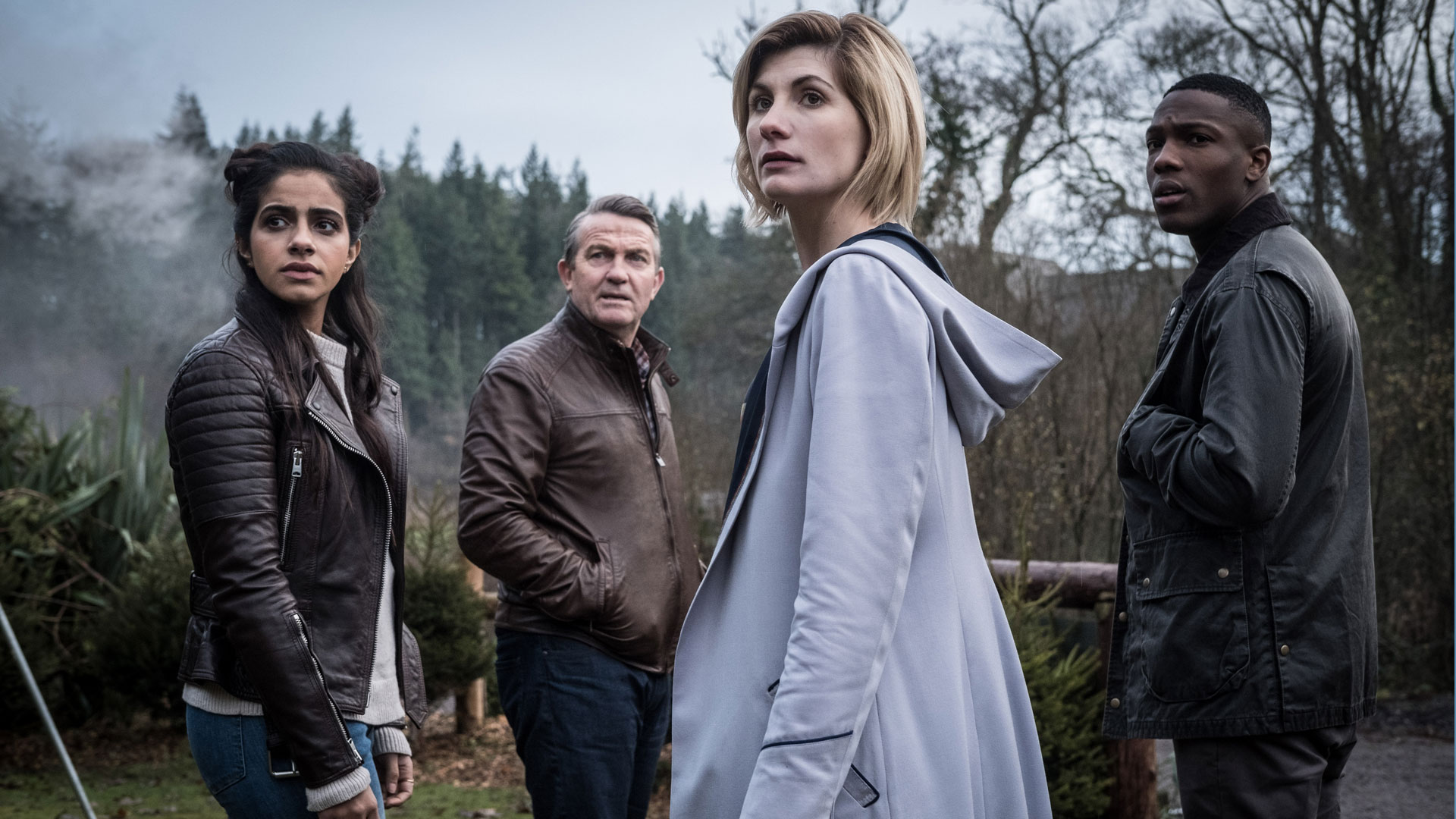
The new series has a more cinematic feel
Everything about the show feels new. The look, thanks in part to new anamorphic camera lenses offering a more cinematic feel, is vast and epic – even when the action is set on a gloomy building site in Sheffield on a chilly night.
